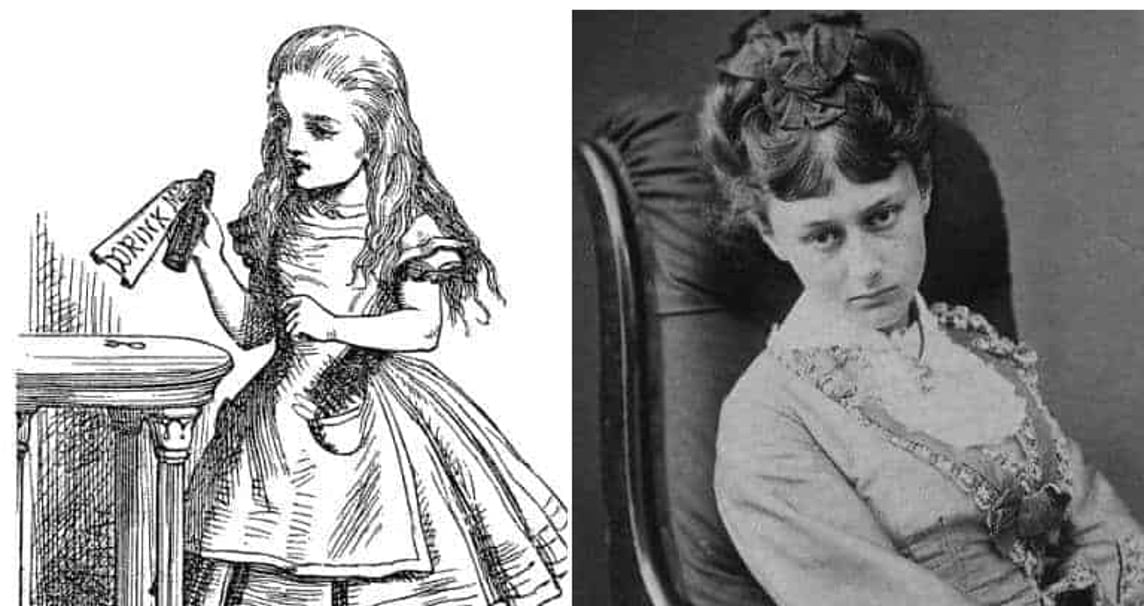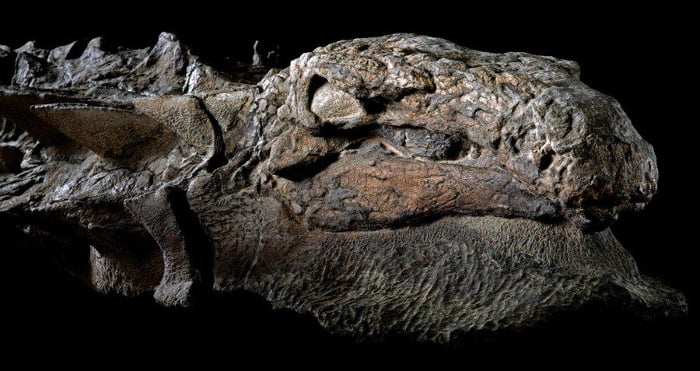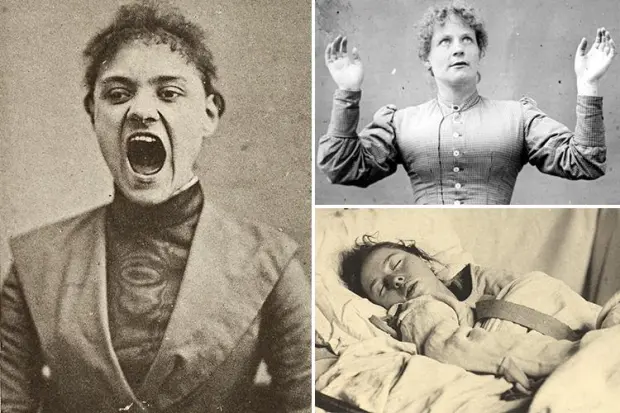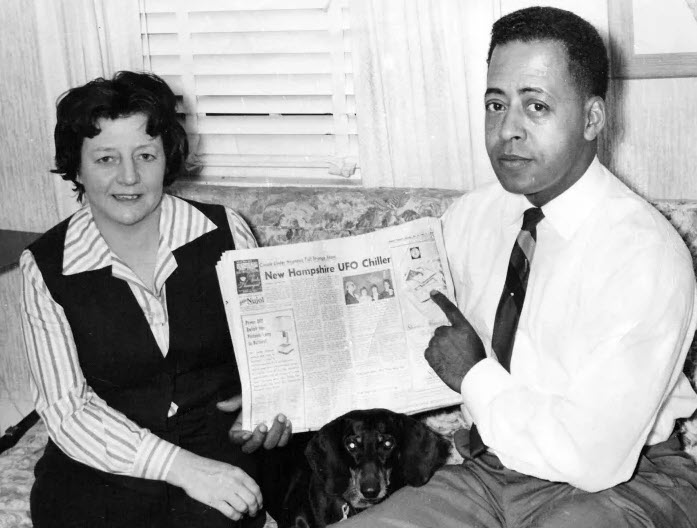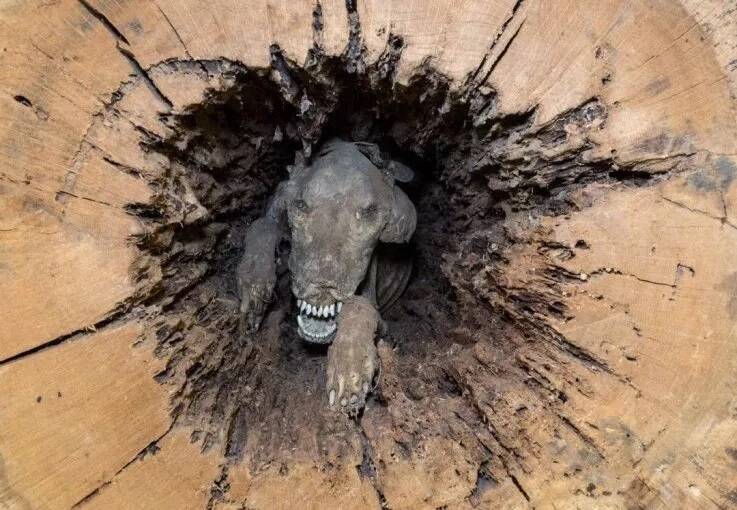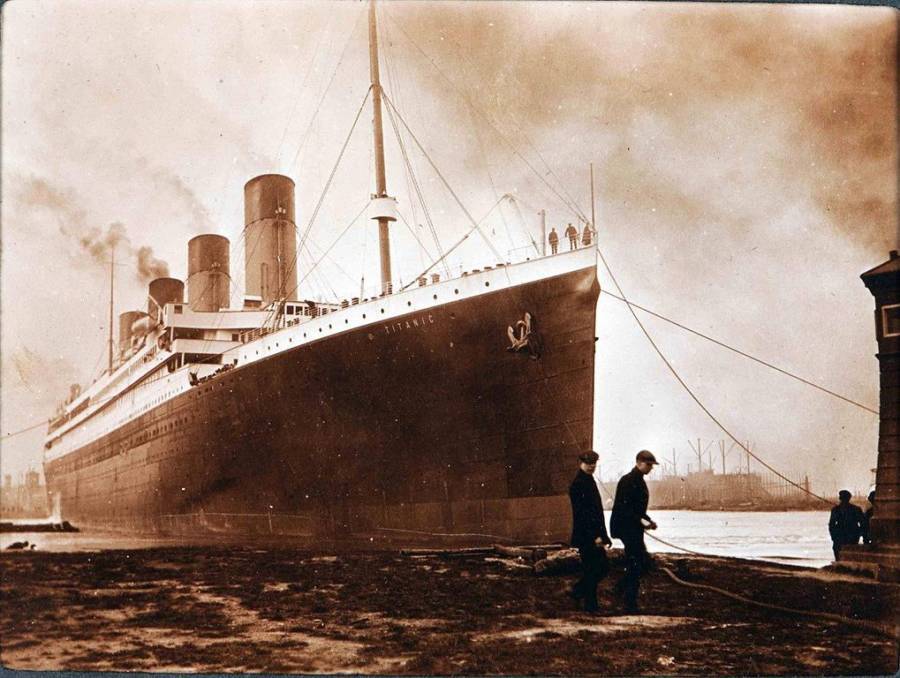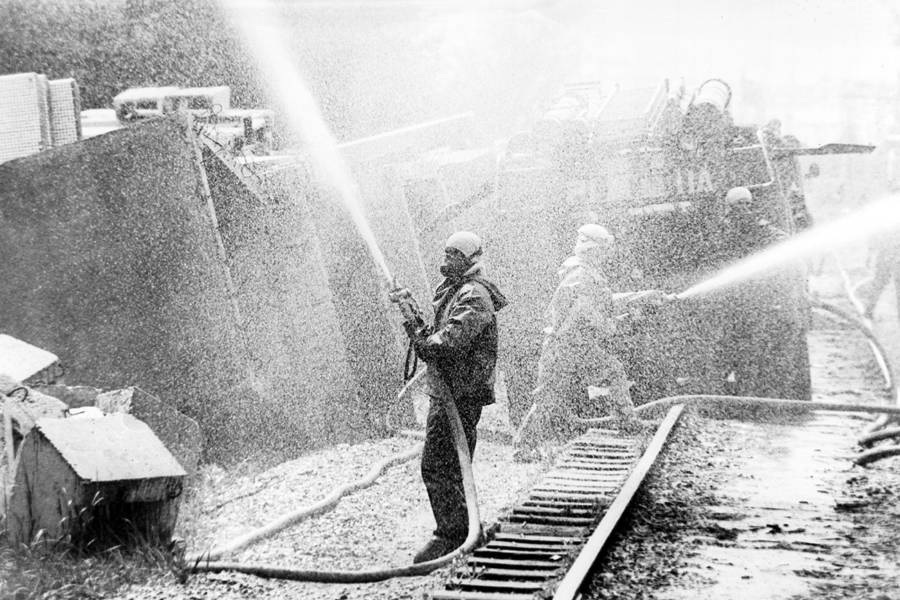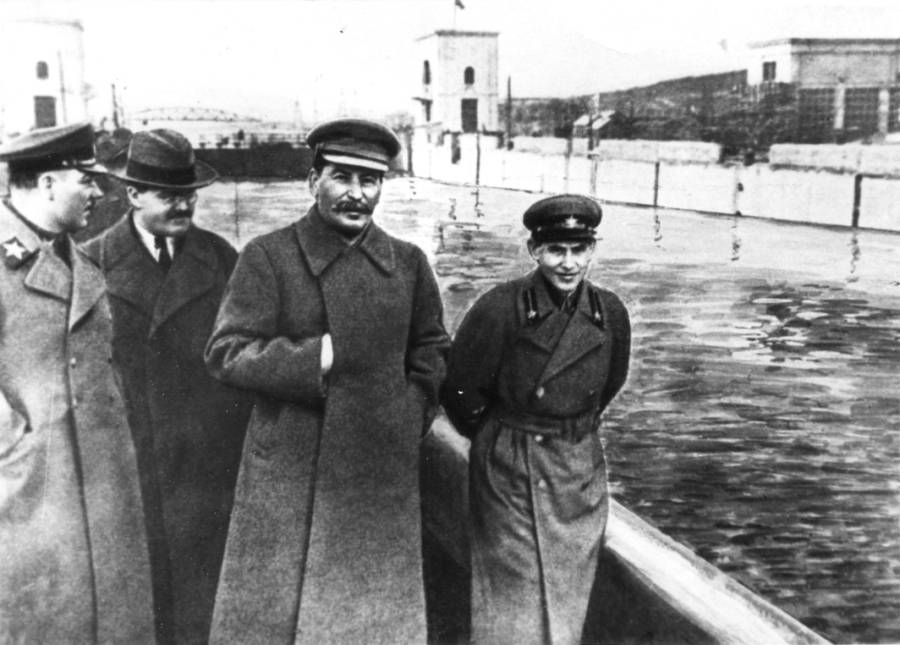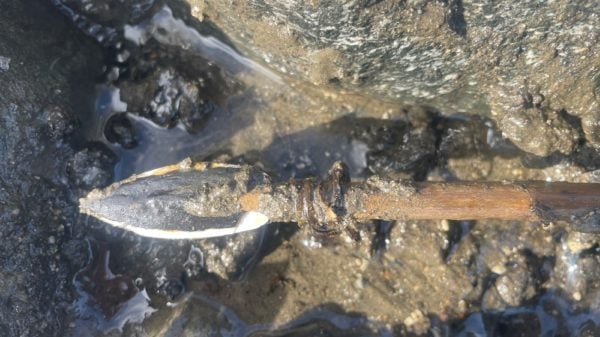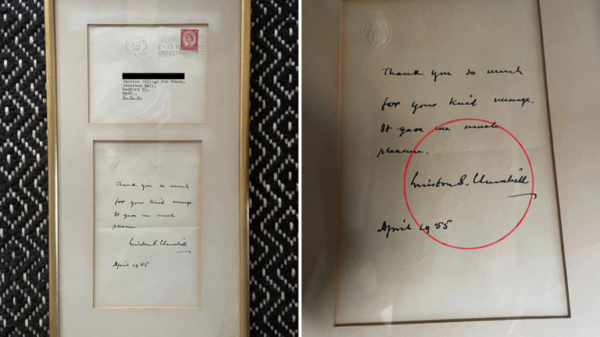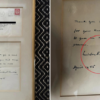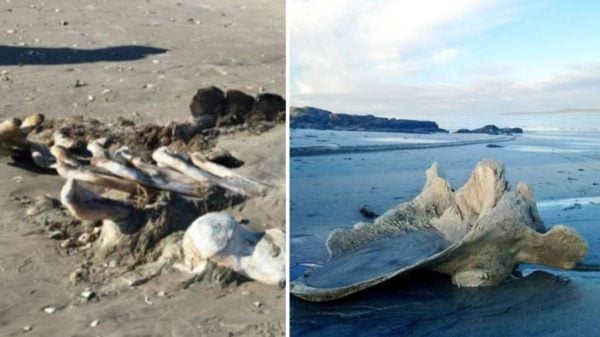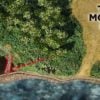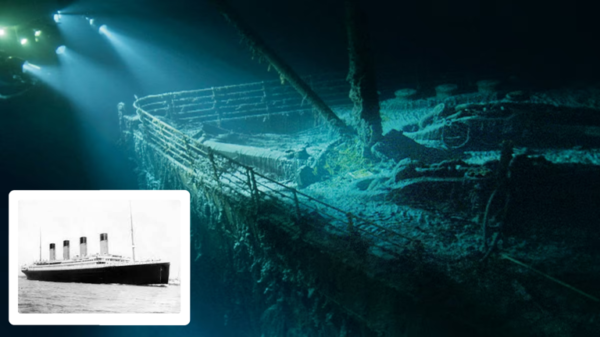St. Thomas, a ghost town located in Nevada, has a fascinating history that dates back to the settlements of the Ancestral Puebloans and Basket-Makers. In 1865, settlers from The Church of Jesus Christ of Latter-day Saints, believing they were in Utah or Arizona, started farming and establishing businesses in the region.
However, they later realized they were actually in Nevada. The state of Nevada then imposed taxes on the residents, including back taxes for the previous five years. This led the settlers, except for the Bonelli family, to abandon the city, burn down their homes, and move to Salt Lake City.
In the 1880s, another group of Latter-day Saints moved into the area, establishing essential infrastructure including a church, post office, school, and grocery stores. The town prospered and reached a population of 500 people. Despite the lack of indoor plumbing and electricity, memoirs indicate that the residents appreciated their simple life. Unfortunately, this period of prosperity did not last long.
In 1928, President Calvin Coolidge signed a bill authorizing the construction of the Boulder Dam, later renamed the Hoover Dam. This construction led to the creation of Lake Mead, and as water levels rose, the residents of St. Thomas were once again forced to abandon their town.
Hugh Lord, one of the last remaining residents, left his home in 1938 as the rising waters reached his front door. The town was eventually submerged 60 feet below the surface of the lake.
The flooding of St. Thomas was not a unique event in the history of the region. The ancient Basket-Maker and Pueblo cultures, who occupied the territory for over a thousand years, had previously experienced the flooding of their settlement, Pueblo Grande de Nevada, also known as the Lost City. Archaeologists managed to recover hundreds of artifacts from the area in the 1930s before it was submerged again.
The water levels of Lake Mead have fluctuated over the years, leading to the resurfacing of St. Thomas three times — in 1945, 1963, and 2012. The severe drought in Nevada since 2012 has kept the town above water. Currently, the ghost town consists of building foundations and metal artifacts, which are remnants of its past.
The drought that exposed St. Thomas also led to other significant discoveries in Lake Mead. Human remains have been found at the lake, with at least five sets of remains discovered in recent months. The region is experiencing its driest period in 1,200 years, leading to unprecedented archaeological discoveries.
Daniel Bonelli, who operated a ferry service across the Colorado River, was part of the Bonelli family that chose to stay in the area despite the challenges. Some of his descendants still live in the region today.
As of August 2023, the Lake Mead government website indicates that the water levels are rising again. This could lead to another submersion of St. Thomas, but the town has proven its resilience over time, resurfacing multiple times to reveal its historical significance.




